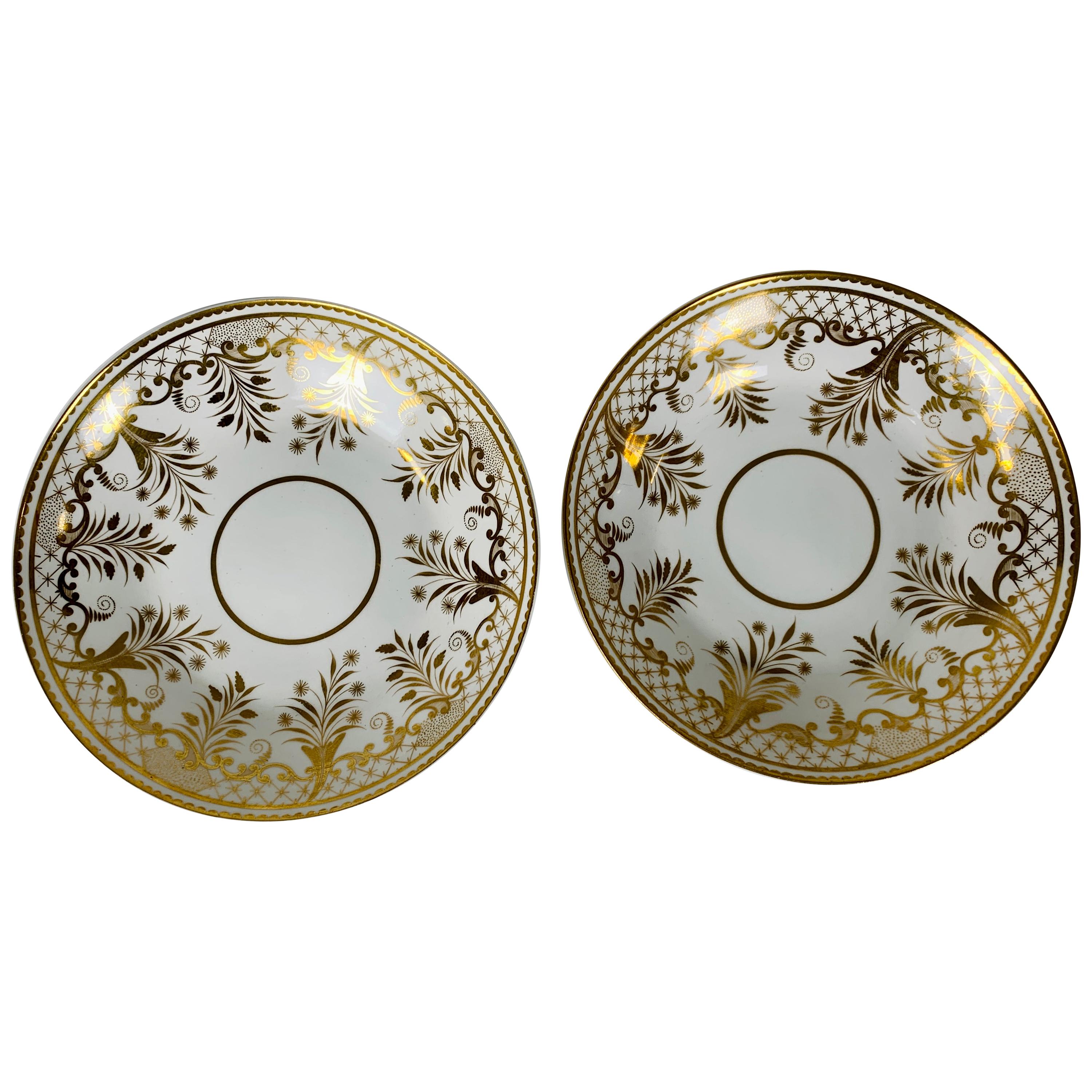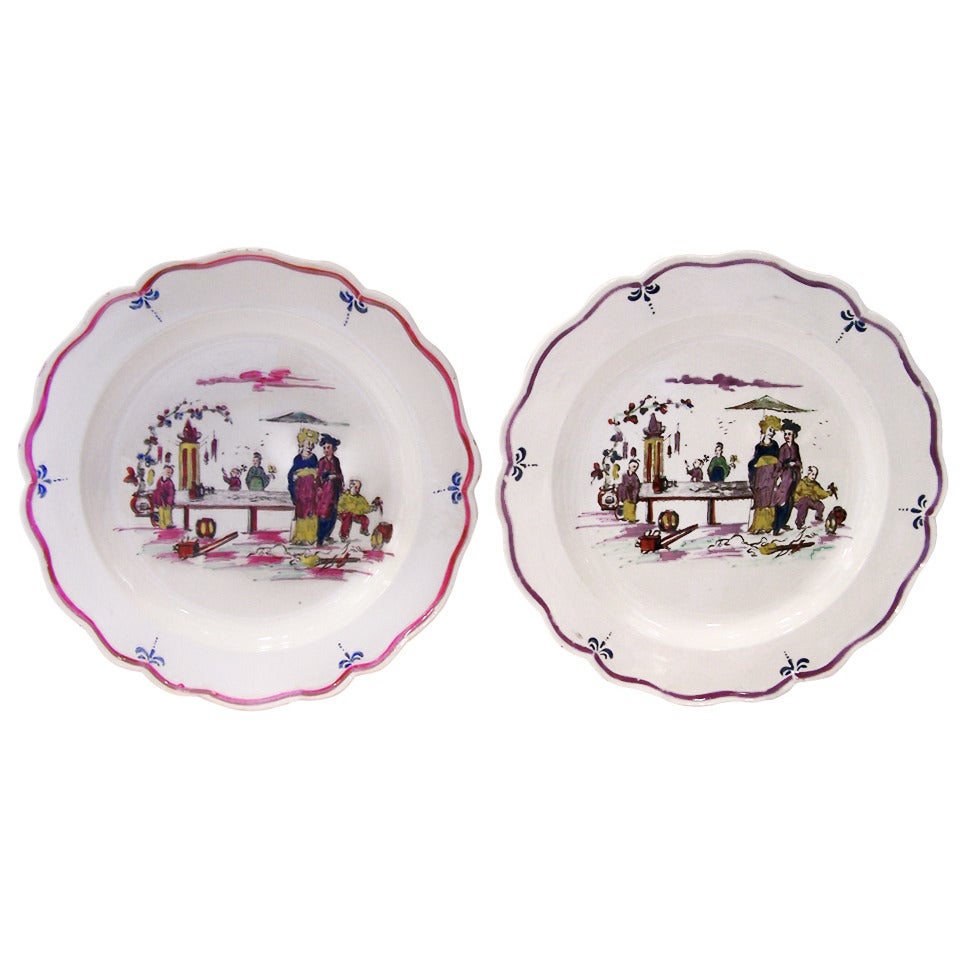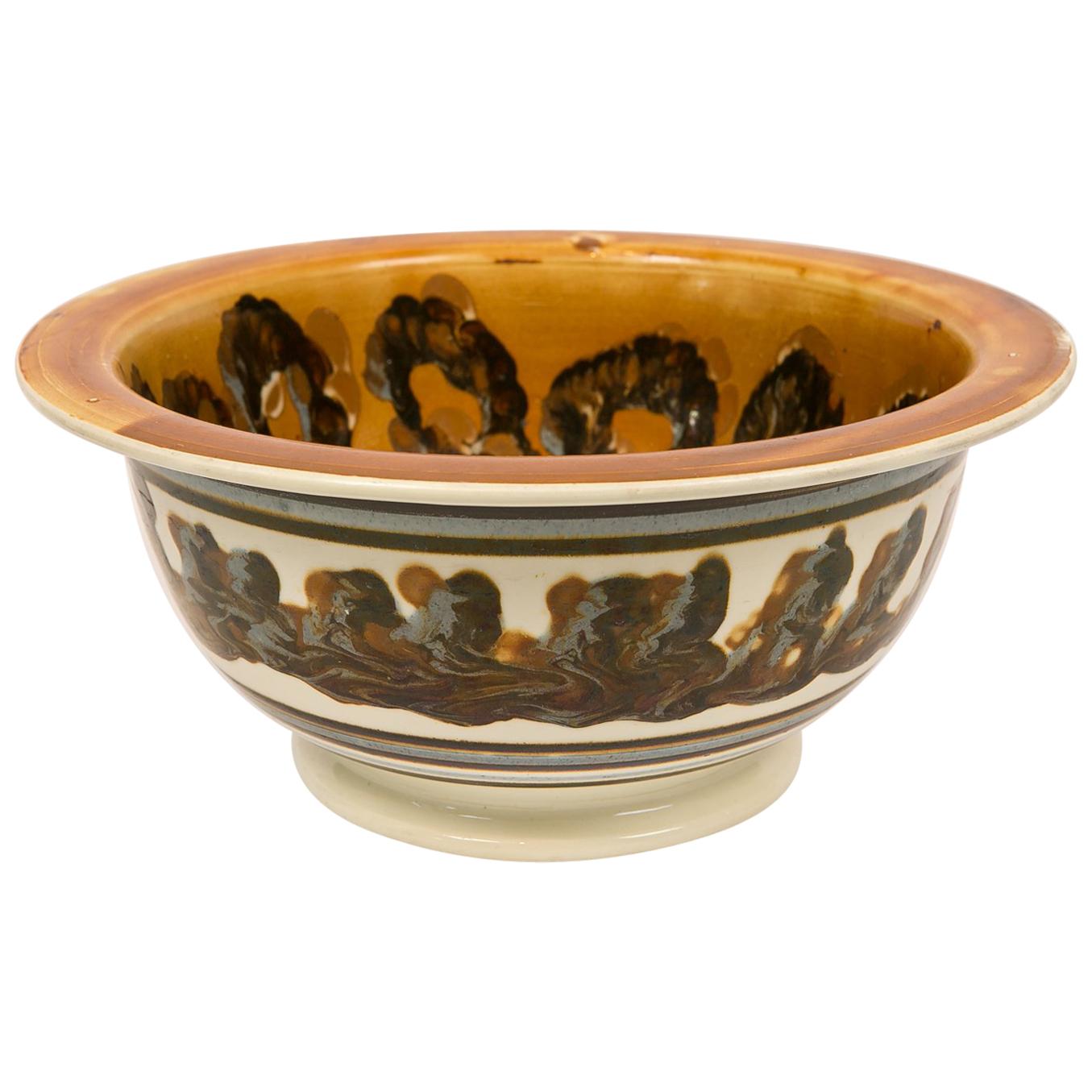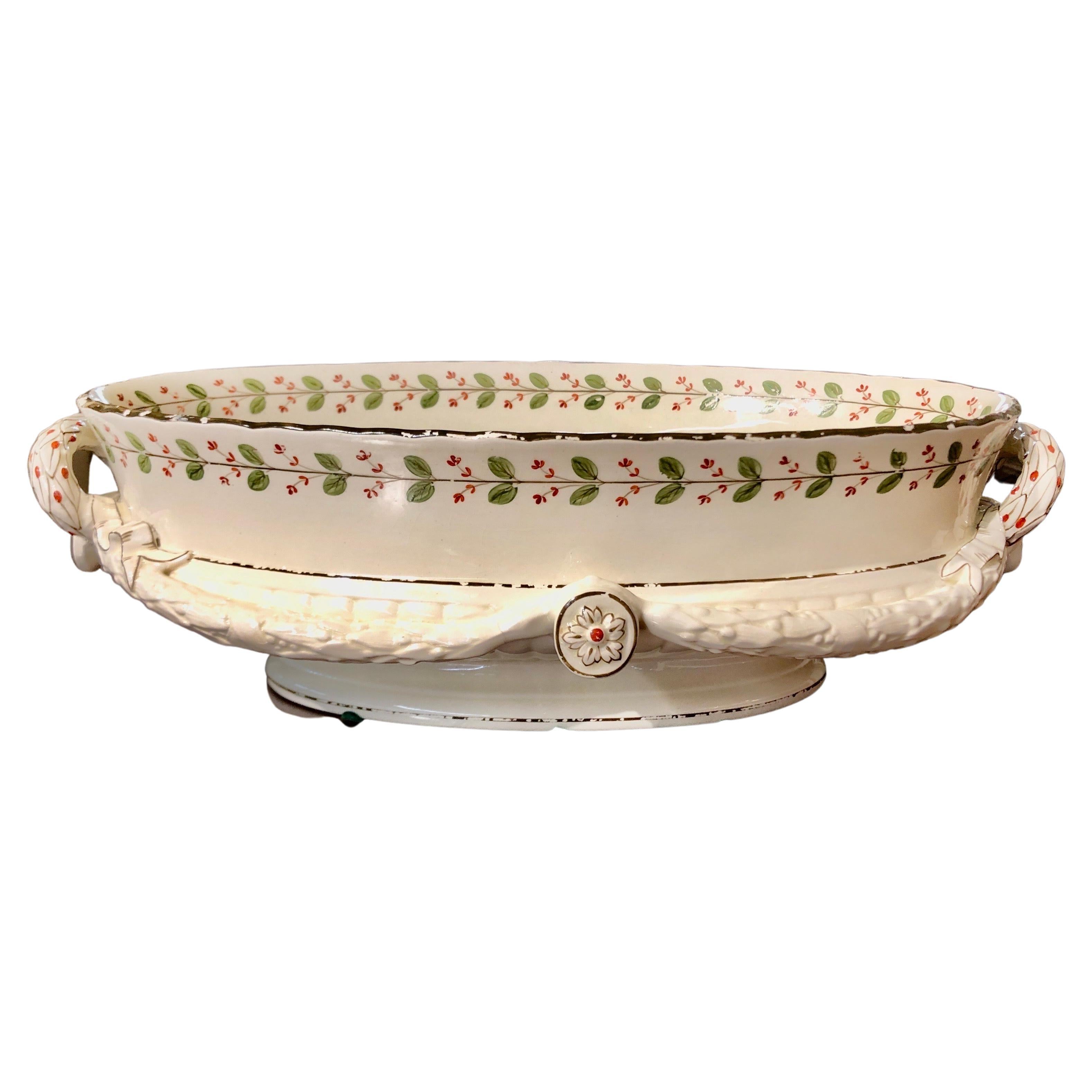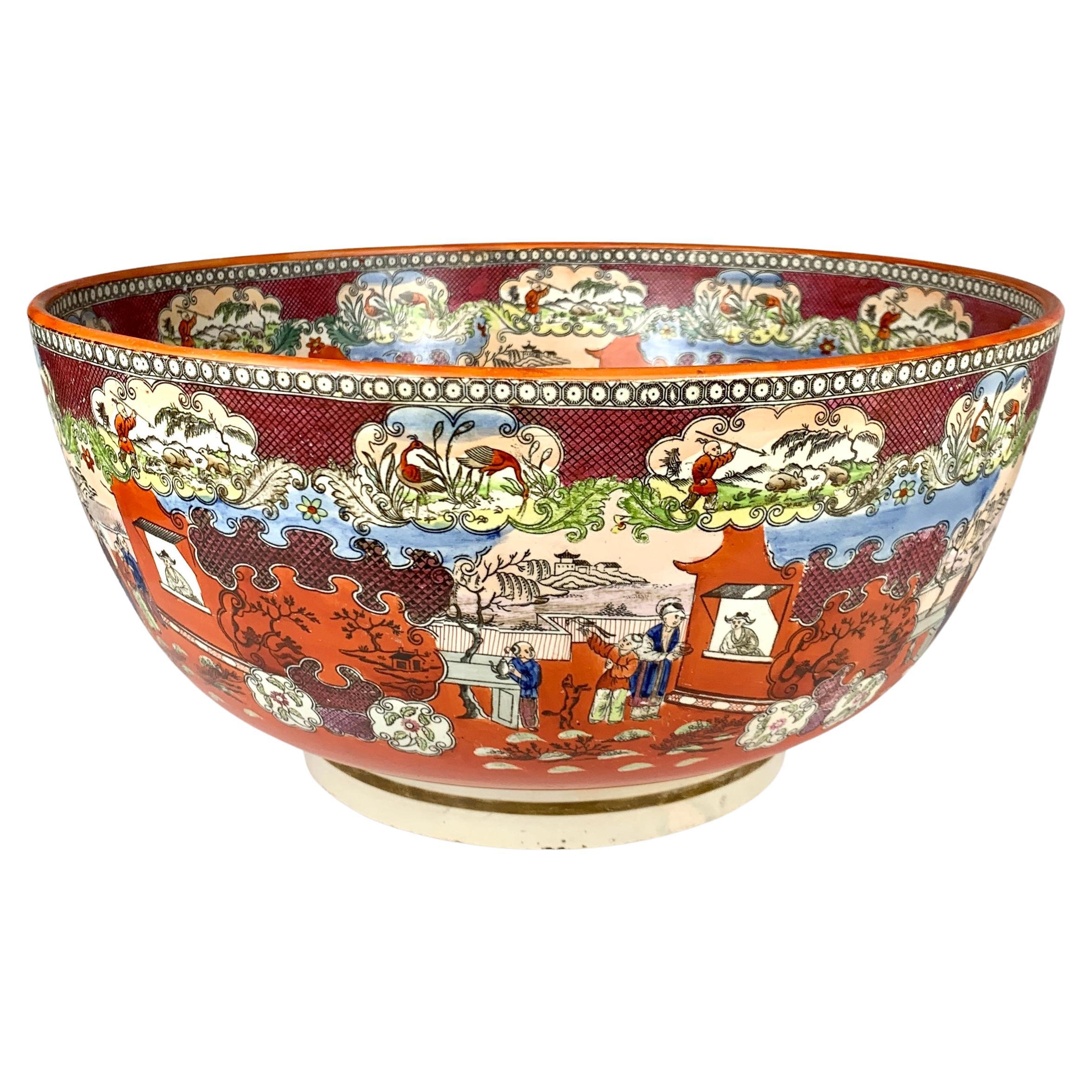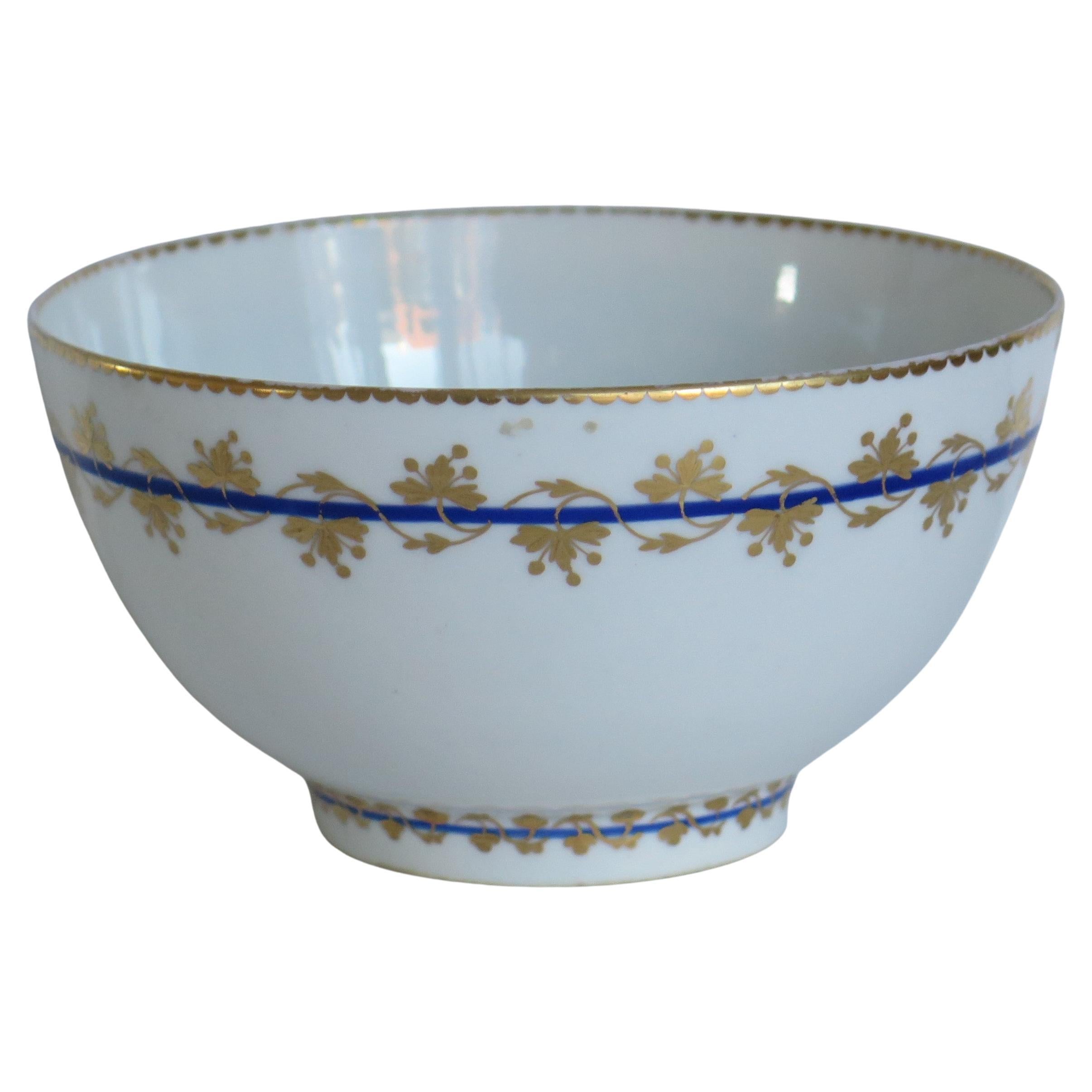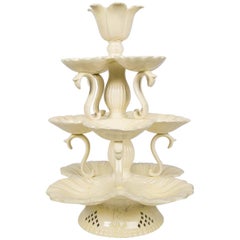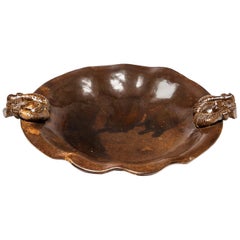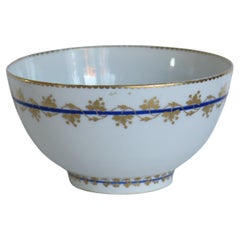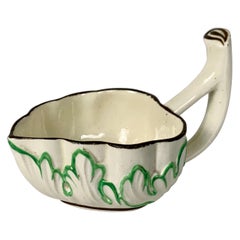
The Collection of Mario Buatta a Creamware Sweetmeat, England, circa 1790
View Similar Items
Want more images or videos?
Request additional images or videos from the seller
1 of 7
The Collection of Mario Buatta a Creamware Sweetmeat, England, circa 1790
About the Item
- Dimensions:Height: 2.25 in (5.72 cm)Width: 2.25 in (5.72 cm)Depth: 3.5 in (8.89 cm)
- Style:Regency (Of the Period)
- Materials and Techniques:
- Place of Origin:
- Period:
- Date of Manufacture:circa 1800
- Condition:
- Seller Location:Katonah, NY
- Reference Number:1stDibs: LU866522148092
About the Seller
5.0
Recognized Seller
These prestigious sellers are industry leaders and represent the highest echelon for item quality and design.
Platinum Seller
These expertly vetted sellers are 1stDibs' most experienced sellers and are rated highest by our customers.
Established in 1962
1stDibs seller since 2009
422 sales on 1stDibs
Typical response time: 1 hour
More From This SellerView All
- The Collection of Mario Buatta A Pair of White & Gold Dishes England, circa 1820By StaffordshireLocated in Katonah, NYProvenance: The Private Collection of Mario Buatta a pair of white and gold dishes Made in England, circa 1820 These beauties have a gilded edge ...Category
Antique Early 19th Century English Regency Decorative Dishes and Vide-Poche
MaterialsPorcelain
- From the Collection of Mario Buatta a New Hall Saucer Dish Made England c-1810By New HallLocated in Katonah, NYProvenance: The Private Collection of Mario Buatta Made by New Hall in England circa 1810, this is an exquisite dish with purple berries on a golden vine. The gilding is lavish, an...Category
Antique Early 19th Century English Regency Decorative Dishes and Vide-Poche
MaterialsPorcelain
- Antique English Creamware 18th Century Sweetmeat Platt Menage circa 1780-1790By Leeds PotteryLocated in Katonah, NYWe are thrilled to offer this fabulous large three-tiered 18th-century creamware platt menage, made circa 1780-90 in Staffordshire or Yorkshire, England. It is a rare and elegant ex...Category
Antique Late 18th Century English Rococo Centerpieces
MaterialsCreamware
- From Collection of Mario Buatta Three Worcester Dejeuney Pattern DishesBy Chamberlains WorcesterLocated in Katonah, NYProvenance: The Private Collection of Mario Buatta Mario loved beautiful color combinations on porcelains. Made by Chamberlains Worcester ...Category
Antique Early 19th Century English Regency Decorative Dishes and Vide-Poche
MaterialsPorcelain
- From the Collection of Mario Buatta an English Dish with Blue & Gold DecorationBy Coalport PorcelainLocated in Katonah, NYProvenance: The Private Collection of Mario Buatta A Coalport dish with beautiful cobalt blue and gold decoration on a wide border. Made in England circ...Category
Antique Early 19th Century English Regency Decorative Dishes and Vide-Poche
MaterialsPorcelain
- Pair Creamware Dishes 18th Century England Painted in Pink & Purple Made c-1785Located in Katonah, NYThis is a pair of English creamware dishes from the 18th century, created around 1785. The plates display a lovely chinoiserie scene with women selecting accessories. The scene depic...Category
Antique Late 18th Century English Chinoiserie Ceramics
MaterialsCreamware
You May Also Like
- Rare Large Antique English Early 19th C. Wedgwood Queensware 'Creamware' BowlBy WedgwoodLocated in Charleston, SCRare & Important Antique English Large Wedgwood Queensware (Creamware) Centerpiece with influences by Robert Adam represented by the swags and fest...Category
Antique Early 19th Century English George III Decorative Bowls
MaterialsEarthenware
$1,100 Sale Price20% Off - Big Dish in the Style of Guidette Carbonell, circa 1940-1950By Guidette CarbonellLocated in Saint-Ouen, FRA big dish in the style of Guidette Carbonell with brown glaze decoration. Perfect original conditions, circa 1940-1950. Unique piece.Category
20th Century French Beaux Arts Decorative Dishes and Vide-Poche
MaterialsCeramic
- 18th C Derby Porcelain Bowl in Pattern 110 Puce Mark, Ca 1790By Royal Crown Derby PorcelainLocated in Lincoln, LincolnshireThis is a fine quality Derby porcelain bowl in pattern number 110, fully marked with puce crown & battons and dating to 11790, George 111rd period. It is beautifully decorated in ...Category
Antique Late 18th Century English George III Ceramics
MaterialsPorcelain
- Two Pairs of Italian Maiolica Baskets, circa 1780By Antonio FerrettiLocated in Milano, ITTwo pairs of maiolica baskets Antonio Ferretti Manufacture Lodi, circa 1770-1790 Maiolica polychrome decorated “a piccolo fuoco” (third fire). Measures: A) Height 3.54 x 6.69 x 9.84 in (9 x 17 x 25 cm); B) Height 3.93 x 7.48 x 11.02 in (10 x 19 x 28 cm). Total weight 4.85 lb (2.200 kg) State of conservation: A) One of the smaller baskets has some areas of restoration, the other slight chipping from use; B) One of the larger baskets is intact and the other shows a clearly glued break. The mold with which the baskets were forged simulates a wicker weave. The two larger works have high, vertical walls, with branch-shaped handles penetrating the weave. The painted decorations, small polychrome flowers applied only externally, highlight the points where the weaves intersect. The decision to leave the center of the basket devoid of decoration is highly unusual, but given the size and complexity of the shape, as well as the quality of the enamel, it is possible to hypothesize that it represents a precise choice in manufacturing or for a particular client. The two smaller baskets have small, twisted handles and, on the outside, reproduce more decisively the characteristic wicker weave, obtained through thin molded lines. The interior exhibits a rich, typical decoration of naturalistic flowers: a bunch centered around a main flower and secondary stems accompanied by small “semis”. The exterior of these works is also adorned with small little flowers where the weaves intersect. The size and morphological characteristics of the baskets confirm their attribution to the Lodi factory of Antonio Ferretti between 1770 and 1790, during its most successful period; by this point his original reworking of the "Strasbourg" decoration, known as "old Lodi", had achieved great fame even outside Italy. This decorative choice represented a strong point of the Lodi factory, which established itself thanks to the vivid nature of the colors made possible by the introduction of a new technique perfected by Paul Hannong in Strasbourg and which Antonio Ferretti introduced in Italy. This production process, called “piccolo fuoco” (third fire), allowed the use of a greater number of colors than in the past; in particular, the purple of Cassius, a red made from gold chloride, was introduced. Its use allowed for many more tones and shades, from pink to purple. The Ferretti family had started their maiolica manufacturing business in Lodi in 1725. The forefather Simpliciano had started the business by purchasing an ancient furnace in 1725 and, indeed, we have evidence of the full activity of the furnaces from April of the same year (Novasconi-Ferrari-Corvi, 1964, p. 26 n. 4). Simpliciano had started a production of excellence also thanks to the ownership of clay quarries in Stradella, not far from Pavia. The production was so successful that in 1726 a decree of the Turin Chamber came to prohibit the importation of foreign ceramics, especially from Lodi, to protect internal production (G. Lise, La ceramica a Lodi, Lodi 1981, p. 59). In its initial stages, the manufacture produced maolicas painted with the “a gran fuoco” (double fire) technique, often in turquoise monochrome, with ornamentation derived from compositional modules in vogue in Rouen in France. This was also thanks to the collaboration of painters like Giorgio Giacinto Rossetti, who placed his name on the best specimens next to the initials of the factory. In 1748 Simpliciano made his will (Gelmini, 1995, p. 30) appointing his son Giuseppe Antonio (known as Antonio) as universal heir. After 1750, when Simpliciano passed away, Antonio was directly involved in the maiolica factory, increasing its fortunes and achieving a reputation on a European level. Particularly important was the aforementioned introduction in 1760 of the innovative “a piccolo fuoco” (third fire) processing, which, expanding the ornamental repertoire with Saxon-inspired floral themes, could commercially compete with the German porcelains that had one of its most renowned offerings in the naturalistic Deutsche Blumen. Antonio Ferretti understood and promoted this technique and this decoration, proposing it in a fresher and more corrective version, less linked to botanical tables...Category
Antique 1770s Italian Neoclassical Ceramics
MaterialsMaiolica
- Early New Hall Porcelain Bowl Chinese Figures Lady with parasol Ptn. 20, Ca 1790By New HallLocated in Lincoln, LincolnshireThis is a hard paste porcelain waste or slop bowl by New Hall in a hand painted Chinoiserie figure pattern number 20, dating to the late 18th century, Circa 1790. The bowl is well...Category
Antique Late 18th Century English Chinoiserie Ceramics
MaterialsPorcelain
- Rare Art Deco Bowl, Danesby Ware Line by Denby, EnglandLocated in Philadelphia, PAA classic example of Art Deco design, its swirling vortex embellished with stylized blossoms, this rare bowl was produced by Denby pottery in England. The glazes are lovely -- a pur...Category
Vintage 1930s British Art Deco Decorative Bowls
MaterialsCeramic
